ZB4BW035
light block with body/fixing collar with BA9s incandesc. bulb 110…120V 1NO+1NC
- Stock status:
- In stock
- Manufacturer:
- Schneider
- Product code:
- ZB4BW035
Main documents
| Range of product | Harmony XB4 |
|---|---|
| product or component type | Complete body/contact assembly and light block |
| Device short name | ZB4 |
| Fixing collar material | Zamak |
| Sale per indivisible quantity | 1 |
| Head type | Standard |
| Contacts type and composition | 1 NO + 1 NC |
| Contact operation | Slow-break |
| Connections – terminals | Screw clamp terminals, <= 2 x 1.5 mm² with cable end conforming to IEC 60947-1 Screw clamp terminals, >= 1 x 0.22 mm² without cable end conforming to IEC 60947-1 |
| Light source | Incandescent |
| Bulb base | BA 9s |
| Light block supply | Via integral transformer 1.2 VA 6 V |
| [Us] rated supply voltage | 110…120 V AC at 50/60 Hz |
| CAD overall width | 30 mm |
|---|---|
| CAD overall height | 47 mm |
| Terminals description ISO n°1 | (11-12)NC |
| net weight | 0.151 kg |
| Contacts usage | Standard |
| Positive opening | With conforming to IEC 60947-5-1 appendix K |
| Operating travel | 1.5 mm (NC changing electrical state) 2.6 mm (NO changing electrical state) 4.3 mm (total travel) |
| Operating force | 2 N NC changing electrical state 2.3 N NO changing electrical state |
| Operating torque | 0.05 N.m NO changing electrical state |
| Mechanical durability | 5000000 cycles |
| Tightening torque | 0.8…1.2 N.m conforming to IEC 60947-1 |
| Shape of screw head | Cross compatible with Philips no 1 screwdriver Cross compatible with pozidriv No 1 screwdriver Slotted compatible with flat Ø 4 mm screwdriver Slotted compatible with flat Ø 5.5 mm screwdriver |
| Contacts material | Silver alloy (Ag/Ni) |
| Short-circuit protection | 10 A cartridge fuse type gG conforming to IEC 60947-5-1 |
| [Ith] conventional free air thermal current | 10 A conforming to IEC 60947-5-1 |
| [Ui] rated insulation voltage | 600 V (pollution degree 3) conforming to IEC 60947-1 |
| [Uimp] rated impulse withstand voltage | 6 kV conforming to IEC 60947-1 |
| [Ie] rated operational current | 3 A at 240 V, AC-15, A600 conforming to IEC 60947-5-1 6 A at 120 V, AC-15, A600 conforming to IEC 60947-5-1 0.1 A at 600 V, DC-13, Q600 conforming to IEC 60947-5-1 0.27 A at 250 V, DC-13, Q600 conforming to IEC 60947-5-1 0.55 A at 125 V, DC-13, Q600 conforming to IEC 60947-5-1 1.2 A at 600 V, AC-15, A600 conforming to IEC 60947-5-1 |
| Electrical durability | 1000000 cycles, AC-15, 2 A at 230 V, operating rate <3600 cyc/h, load factor: 0.5 conforming to IEC 60947-5-1 appendix C 1000000 cycles, AC-15, 3 A at 120 V, operating rate <3600 cyc/h, load factor: 0.5 conforming to IEC 60947-5-1 appendix C 1000000 cycles, AC-15, 4 A at 24 V, operating rate <3600 cyc/h, load factor: 0.5 conforming to IEC 60947-5-1 appendix C 1000000 cycles, DC-13, 0.2 A at 110 V, operating rate <3600 cyc/h, load factor: 0.5 conforming to IEC 60947-5-1 appendix C 1000000 cycles, DC-13, 0.5 A at 24 V, operating rate <3600 cyc/h, load factor: 0.5 conforming to IEC 60947-5-1 appendix C |
| Electrical reliability | Λ < 10exp(-6) at 5 V and 1 mA in clean environment conforming to IEC 60947-5-4 Λ < 10exp(-8) at 17 V and 5 mA in clean environment conforming to IEC 60947-5-4 |
| Signalling type | Steady |
| device presentation | Basic sub-assemblies |
| protective treatment | TH |
|---|---|
| ambient air temperature for storage | -40…70 °C |
| Ambient air temperature for operation | -40…70 °C |
| Electrical shock protection class | Class I conforming to IEC 60536 |
| Standards | IEC 60947-5-5 IEC 60947-5-4 IEC 60947-5-1 CSA C22.2 No 14 IEC 60947-1 UL 508 JIS C8201-5-1 JIS C8201-1 |
| Product certifications | GL DNV LROS (Lloyds register of shipping) BV CSA UL listed |
| Vibration resistance | 5 gn (f= 2…500 Hz) conforming to IEC 60068-2-6 |
| Shock resistance | 30 gn (duration = 18 ms) for half sine wave acceleration conforming to IEC 60068-2-27 50 gn (duration = 11 ms) for half sine wave acceleration conforming to IEC 60068-2-27 |
| Unit Type of Package 1 | PCE |
|---|---|
| Number of Units in Package 1 | 1 |
| Package 1 Height | 3.200 cm |
| Package 1 Width | 5.200 cm |
| Package 1 Length | 8.400 cm |
| Package 1 Weight | 138.000 g |
| Unit Type of Package 2 | S02 |
| Number of Units in Package 2 | 50 |
| Package 2 Height | 15.000 cm |
| Package 2 Width | 30.000 cm |
| Package 2 Length | 40.000 cm |
| Package 2 Weight | 7.712 kg |
Product Description
Schneider Electric
Schneider Electric is a multinational corporation specializing in energy management and automation solutions. With operations in over 100 countries, the company offers a wide range of products and services for various industries, including residential, commercial, and industrial.
Schneider Electric is focused on sustainability and innovation, aiming to help their customers manage energy efficiently and reduce their environmental impact.
Schneider Electric Push Button
Schneider Electric offers a wide range of push buttons, designed for various industrial and commercial applications. Schneider Electric Push Buttons are high-quality, durable, and reliable components used to control electrical circuits in industrial, commercial, and residential settings.
They come in various types, sizes, and colors to meet the diverse needs of different applications. These push buttons are part of the Harmony range, known for its user-friendly design and robust performance.
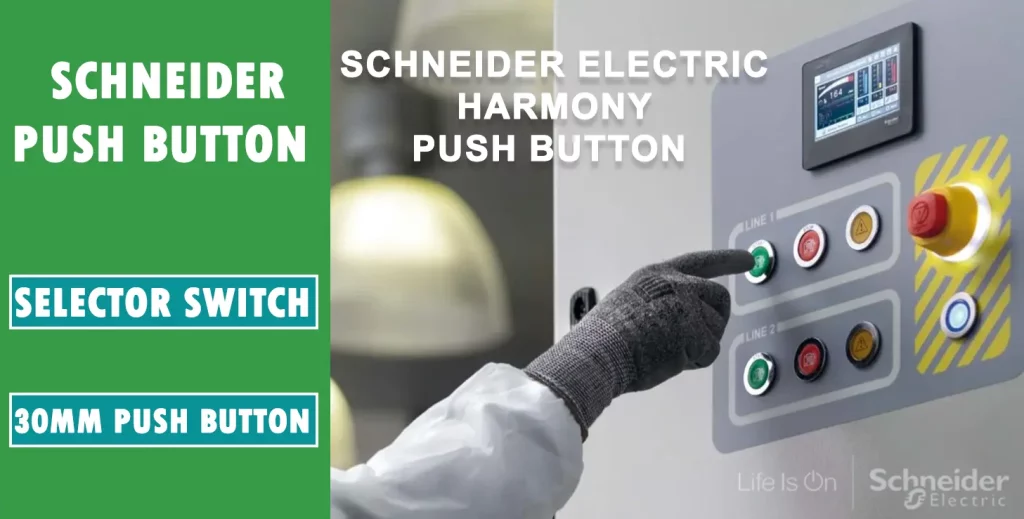
Harmony XB4
The Schneider Electric Harmony XB4 series is a range of high-performance control and signaling units designed for industrial applications. These devices are known for their robustness, ease of installation, and wide range of functionalities, making them ideal for various control and signaling tasks in harsh environments.
Key Features of Schneider Electric Harmony XB4:
- Durability: Made with high-quality materials, the XB4 series is designed to withstand tough industrial conditions, including resistance to shock, vibration, dust, and water (IP66, IP67, IP69, IP69K).
- Modularity: The modular design allows for easy assembly and disassembly, providing flexibility in customization and maintenance.
- Ergonomic Design: User-friendly and ergonomic designs ensure ease of use and improved operational efficiency.
- Versatility: Available in a wide variety of styles and colors, including illuminated and non-illuminated versions, selector switches, pushbuttons, emergency stop buttons, and pilot lights.
- Compliance: Conforms to international standards (IEC, UL, CSA), ensuring global applicability and reliability.
- Safety: Features such as emergency stop buttons are designed to enhance safety in industrial environments.
ZB4BW035
The Schneider Electric ZB4BW035 is a high-quality light block that includes a body and fixing collar. It features a BA9s incandescent bulb with a voltage rating of 110 to 120V and provides one normally open (NO) and one normally closed (NC) contact configuration.
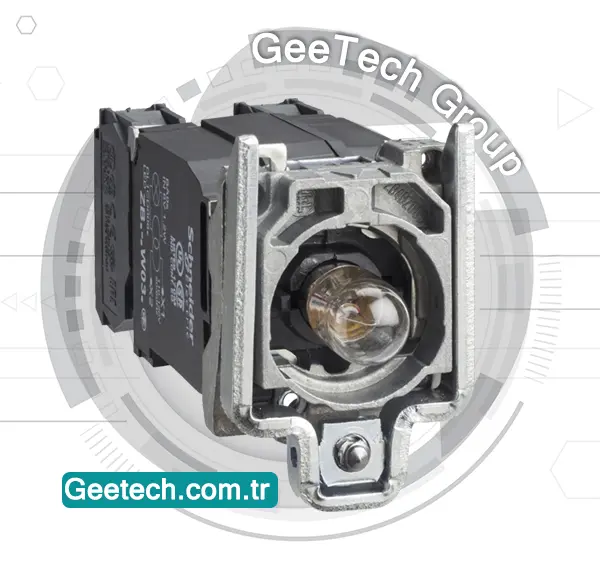
Key Features:
- Series Compatibility: This light block is part of the Harmony XB4 series, renowned for its durability and reliability. It is fully compatible with Harmony XB4 pilot lights, ensuring seamless integration with existing systems.
- Design and Assembly: Engineered for ease of use, the ZB4BW035 allows for quick replacement and configuration of signaling units. Its clip-together assembly and simple screw-clamp connections facilitate straightforward installation and maintenance, reducing downtime.
- Illumination: Equipped with a BA9s base Integral LED, this light block ensures excellent visibility and distinction of signaling units, which is crucial for effective operation in industrial settings.
- Safety and Protection: The product adheres to the IP20 protection index, safeguarding operators from accidental contact with live circuits. This enhances workplace safety and meets rigorous industry standards.
- Versatility and Compatibility: Designed to fit standard 22mm control and signaling units, the ZB4BW035 offers broad compatibility, making it suitable for integration into pre-existing machinery and control panels without requiring extensive modifications.
- Operating Temperature Range: Capable of operating in a wide temperature range from -40°C to 55°C, this light block is versatile and reliable under various environmental conditions, ensuring consistent performance in both extreme cold and hot temperatures.
The Schneider Electric ZB4BW035 light block is a robust, reliable, and easy-to-install component ideal for industrial control and signaling applications. Its compatibility with the Harmony XB4 series and its thoughtful design make it an excellent choice for professionals seeking dependable and efficient signaling solutions in diverse operational environments.
Frequently Asked Questions
What is a push button used for?
✅When you press a push button, it either makes or breaks an electrical connection, allowing or interrupting the flow of electricity through the circuit. Pushbutton switches are commonly used in a wide range of electronic devices, control panels, and applications where users need to activate or deactivate a function or operation. These switches are essential for ensuring reliable and efficient control in various settings, from industrial machinery to consumer electronics and automation systems.
What is NO and NC in Push Button Switches?
✅ Push button switches can be classified as either normally open (NO) or normally closed (NC). Normally open (NO) switches, also known as "OFF" position switches, complete the circuit when actuated. In contrast, normally closed (NC) switches, or "ON" position switches, break the circuit when actuated. Understanding the difference between NO and NC push button switches is crucial for selecting the right type for your application, whether it's for industrial machinery, control panels, or electronic devices.
What Are the Two Types of Push Button Switches?
✅ Push button switches come in two main types: single-pole and double-pole switches. The single-pole switch is the most common type, featuring a control device with a single input source and a single output source. This basic design makes single-pole switches ideal for a wide range of applications. Double-pole switches, on the other hand, have two input sources and two output sources, offering more complex control capabilities for advanced electrical systems.
Is a Push Button a Sensor?
✅No, a push button is not an analog sensor. An analog sensor provides a continuous output signal that varies in proportion to the measured quantity. In contrast, a push button provides a discrete output signal that changes state from one level to another when the button is pressed or released. This distinction makes push buttons ideal for applications requiring simple on/off control, unlike analog sensors that are used for more complex, variable measurements.
What is Inside a Push Button?
✅ A push button consists of several key components:
1. Button Actuator: This is the part you physically press. It is connected to an internal mechanism within the switch.
2. Contacts: Push button switches contain one or more sets of contacts, typically made from conductive materials like metal. In their default state, these contacts are separated.
When the button actuator is pressed, it moves the contacts together to complete an electrical circuit. This simple yet effective design is what makes push buttons reliable for various applications, from industrial machinery to everyday electronic devices.
Is a Push Button Digital or Analog?
✅A push button is a digital sensor. Unlike analog sensors, which provide a continuous range of values, digital sensors like push buttons have only two states: on or off. For example, when you press a push button, it changes from off to on, providing a discrete signal. Similarly, a digital light sensor can detect whether it is dark or bright, also giving a binary output. This clear distinction makes push buttons ideal for simple, straightforward control in various applications.



















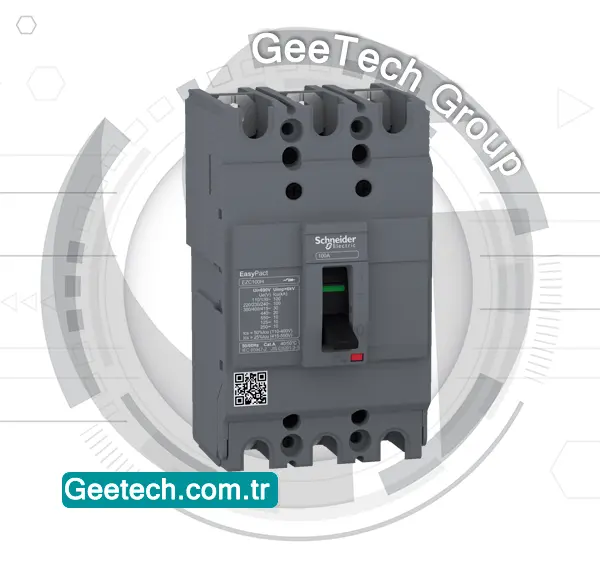
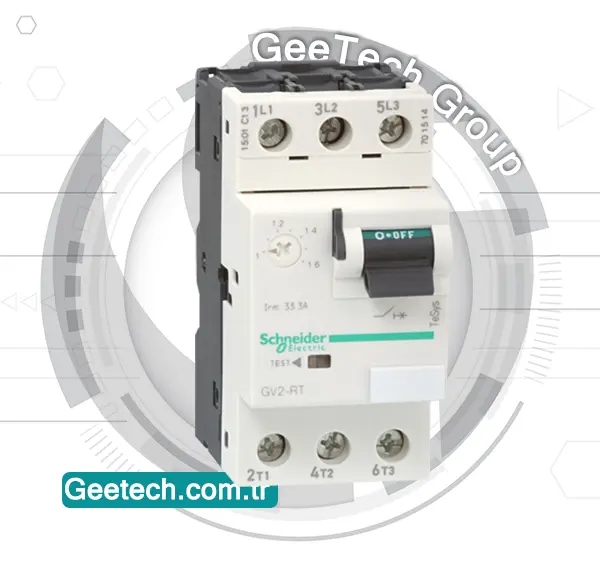
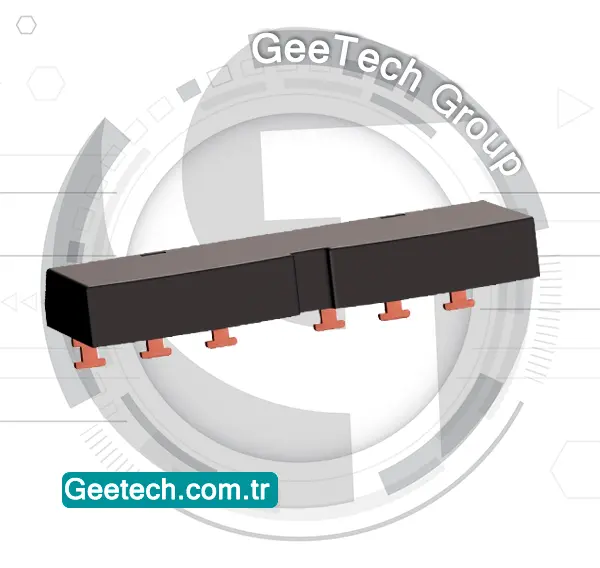
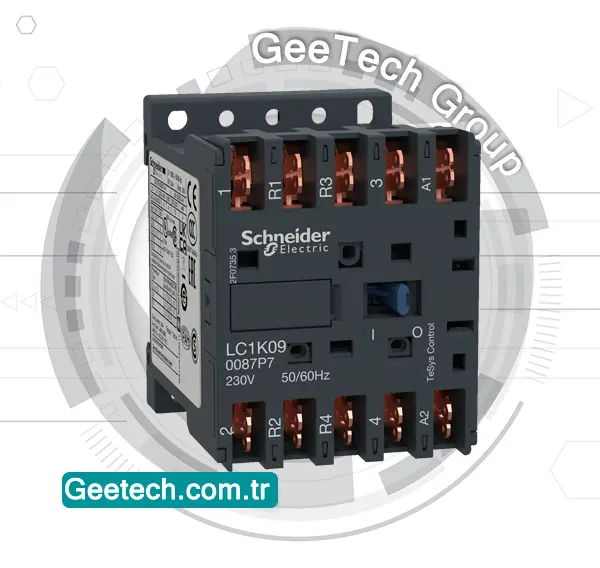

Değerlendirmeler
Henüz değerlendirme yapılmadı.